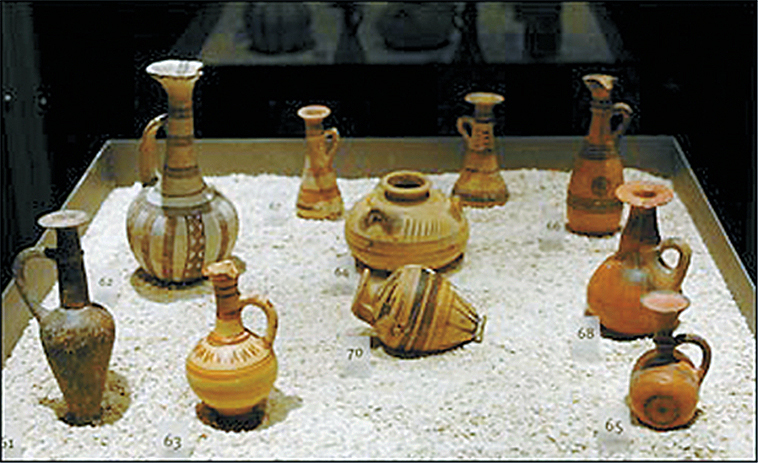Guilty Pleasures: Bespoke Perfumes
Thursday, August 11th, 2016Humans are primarily visual creatures – though none of our senses is extraordinary. Perhaps our weakest link is olfaction, aka smell, especially if compared to insects and even fellow mammals like dogs. And yet, weak as this human sense is, we are able to register (though not necessarily identify) close to a trillion scents.

Molecules that smell good to human noses (click to embiggen)
The mechanism by which the brain analyzes and categorizes scents is still not entirely understood. Some researchers argue for a lock-and-key correspondence between odorants and receptors; others for a “swipe-card” recognition model with quasi-exotic recognition components (such as vibrational frequencies). None of the hypotheses fully explain the process, which is almost certainly a combination of several mechanisms that works combinatorially – as is the case for most complex brain functions.
The olfactory neurons connect to the hippocampus and the amygdala, which makes smell a component of both long-term and emotional memory (the ability of a scent to evoke powerful déjà-vus and unearth distant memories is well-known). On the other hand, unlike most mammals, humans are not capable of registering pheromones, pop science wisdom notwithstanding: these are processed by the vomeronasal organ, located between nose and mouth – and a random mutation has rendered this organ inoperative in our species. That said, the human smelling apparatus does appear capable of sensing the major histocompatibility antigens: people can recognize blood relatives by scent, and women prefer partners whose MHCs are different from their own, as one component of attaining hybrid vigor.
Humans have been tantalizing their noses with perfumes since time immemorial – sometimes for ritual or therapy, often to mask the odors of sweat or decay – and everything has been checked for scent potential: plants from root to seed (sandalwood, vetiver, patchouli, amber); animal excretions and glands (civet, musk, ambergris). Ancient Egyptian paintings show nobles with perfume cones perched on their wigs, and the repertoire and provenance base of parfumiers are as vast as those of chefs. Savvy people know to put perfume on hair, rather than skin; to add a touch of genital fluid if out on a mating prowl; and to opt for the staying power of essential oils that don’t contain alcohol.
To those familiar with me, it will come as no surprise that my own tastes in perfume run to the dark and spicy: amber, chypre, fougère. While in college, I contented myself with commercial perfumes: Opium, Shalimar, Obsession, Calèche. But one balmy evening, I was gallery-hopping down Newbury Street, and at the back of a craft shop I noticed a small counter bristling with delicate bottles. Naturally I went to investigate – and a sylph of a young woman rose to greet me and beguile me into the world of bespoke perfumes.
She interviewed me closely. Then she proceeded to mix East Indian sandalwood, Tunisian opium, Tunisian amber and petitgrain, giving me a whiff after each minute calibration. When we were both satisfied, she carefully noted the proportions down and asked me what name I wanted to give the scent. And so I became the co-creator and delighted owner of The Long Shadow. When I met the Copper Yeti, I dragged him to Dawn’s tiny parfumerie (I had to apply some force, because he raised both eyebrows at the concept of bespoke scents for men). His scent is called The Cuddly Crusader.
Then Dawn left Boston, and I lost track of her. I was resigned to reverting to commercial perfumes, until the Google search engine got really good. At that point I looked her up – and lo, she was in Colorado, and her perfumerie had become renowned (as it should). She had kept all the old bespoke recipes, so I now have my lifelong supply of The Long Shadow. But I’ve also tested almost all of her perfumes that fall within my taste spectrum. As a result, I now can evaluate a perfume at a glance by looking at its ingredients; and a dozen miniature bottles (and thrice as many sample tubes) are in a basket by my bed, and all my fuzzies get a dab at the top of their heads as a way to keep my olfactory bulb happily busy.


